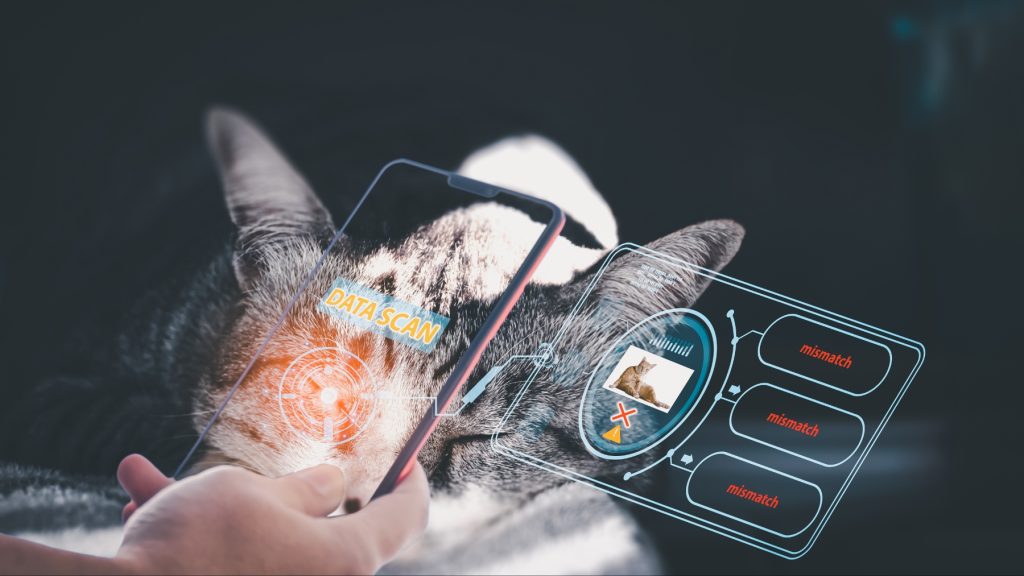
Kenny Zhu, a Computer Science professor with a passion for animals, is employing artificial intelligence and machine learning to translate animal communication.
Zhu’s initiative has just been awarded a $483,804 grant from the National Science Foundation. The purpose of this research is to investigate whether certain animals possess language abilities comparable to those of humans.
No Language Barriers Between Animals
In an interview with The Shorthorn, Zhu said, “Traditionally, it is known that language is actually unique to human beings due to the advanced development of human brains and intelligence. However, more recently, scientists have discovered that different animal species may possess certain kinds of linguistic skills.” The research began by collecting videos of dogs from the web, primarily focusing on Shiba Inu dogs, chosen for their popularity in both the U.S. and Japan.
To translate the communication skills of animals, the team uses a program known as Hubert, which specializes in modifying the sounds made by the dogs, turning them into a series of symbols, much like converting audio into text.
After the data is completely transformed into text, the researchers can start to analyze the symbols to detect patterns and potentially discover a vocabulary within the sounds. Zhu highlights that the greatest challenge of this research is the absence of tangible data or proof concerning animal communication. He notes that, for the moment, the team can only make reasoned assumptions about the meanings of these sounds.
Using Sounds to Detect Diseases
Additionally, the team’s research has extended beyond dogs to include other types of animals such as cats, birds, chickens, and other farm animals. They are also assessing the possibility of using this technology to manage animal diseases. For instance, by interpreting the vocalizations of chickens, researchers aim to detect language symbols that could indicate the presence of a disease, allowing for early intervention before the spread of an outbreak.
Looking ahead, Zhu is eager to test sounds from a larger range of species to achieve more definitive results. He is also interested in identifying specific words in animal communication.
Final Thoughts
This type of research is not only considered a major step in the field of AI but, if it yields promising results, it could also play a vital role in preventing diseases from spreading from animals to human
Inside Telecom provides you with an extensive list of content covering all aspects of the tech industry. Keep an eye on our Intelligent Tech sections to stay informed and up-to-date with our daily articles.